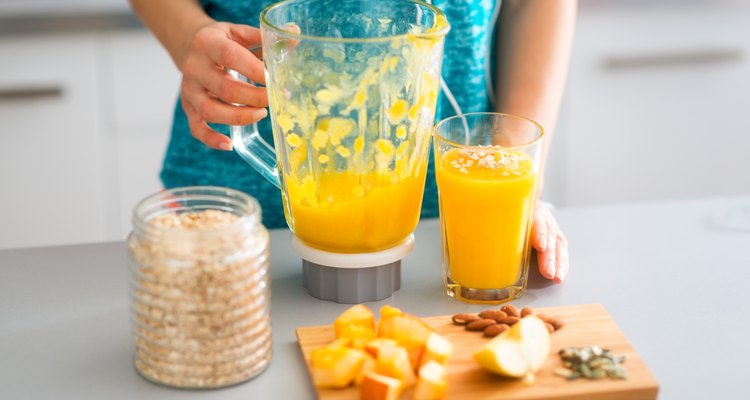
Central IT Alliance/iStock/Getty Images
The colon, also known as the large intestine, is 6 feet long and connects the rectum to the small intestine. The colon finishes the digestive process of the small intestine, absorbing extra nutrients, but it mostly helps to form waste and pass it along. Juicing for a healthy colon is best done through blending, as this keeps the dietary fiber content of the fruits and vegetables, which benefits your colon.
Blender Juices Vs. Juicer Juices
Juicing by blender rather than a juicer means you put chunks of whole fruits and vegetables into the blender with about 50 percent to 100 percent of the same amount in water and blend the foods, creating very small, loose particles of food that can be poured. A juicer-made juice pulverizes the food into small particles and then extracts the liquid through centrifugal force -- fast spinning -- or through compression. Blender-made juices preserve all of the dietary fiber of the food, while juicers extract the dietary fiber. Juicer-made juices may also not extract all of the liquid from the food, while blender juices will, naturally, contain all of the liquid.
Dietary Fiber
All blender-made juices will be rich in dietary fiber, as fresh fruits and vegetables are a good source of this nutrient. Fiber attaches to water as it passes through your digestive tract, making it easier for your colon to eliminate waste. Dietary fiber can help prevent or treat constipation, hemorrhoids and diverticulosis, as well as being associated with lower blood cholesterol levels and possibly helping prevent heart disease or diabetes. Most Americans do not eat enough dietary fiber in their daily diet -- the dietary reference intake is between 21 and 38 grams per day -- so drinking fresh, blender-made juice can help you meet your requirement.
Cruciferous Vegetables for Juices
Juicing cruciferous vegetables in a juicer can be difficult as they are a high-fiber food. Because there is little natural liquid to extract, cruciferous vegetables lend themselves better to blender juices. Blending cruciferous vegetables with water helps the tougher leaf structure break down more easily. This gives you the full nutritional value of the vegetables, including dietary fiber. Blend small pieces of cut vegetables with double the amount of water in a blender to make the juice; for example, blend 1 cup of cut broccoli with 2 cups of water. Cruciferous vegetables include cabbage, collard greens, kale, radishes, arugula and broccoli. The National Cancer Institute states that cruciferous vegetables naturally contain glucosinolates, which may have anti-cancer properties. While the results of scientific studies have been mixed, the “American Journal of Epidemiology” published a study in 2000 that found there was a reduced risk of colon cancer in women who had a high consumption of cruciferous vegetables.
Grape Juice and Colon Health
Red grapes are naturally high in resveratrol, an antioxidant found in the skin of the grapes. To make fresh grape juice, blend 1 cup of fresh grapes with 1 cup of water in a blender. In addition to anti-inflammatory and heart-health benefits, the resveratrol in grapes may also help reduce the risk of colitis and colon cancer. In 2010, the journal "Cancer Prevention Research" published a study that found adding resveratrol to food reduced the number and size of colon cancer tumors in rats. The rats fed a resveratrol diet also showed signs of decreased inflammation, associated with colitis. While results have been promising, further study is needed to determine if resveratrol will have the same effect on humans.
Related Articles

Best Fruit Juices to Cleanse the Colon
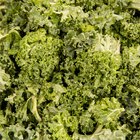
How to Make Juices From Leafy ...
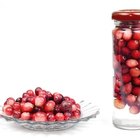
How to Make Cranberry Juice from Fresh ...

Carrot Juice Diet

How to Boil Pandan to Make Juice

How to Keep Cucumber Juice Fresh
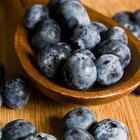
How to Make Juice From Blueberries at ...
How to Juice Beet Stalks

Juicing for Wrinkles

What Juices Are Good for Healing Acne ...

How to Juice a Daikon Radish

Where to Buy Pomegranate Juice
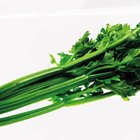
Can You Juice Celery Leaves?

Juicing to Tighten Flabby Skin
How to Blend Fruits to Make a Drink

How to Use Wheatgrass for Washing Hair

How to Make Natural Pectin From Lemons

How to Make Carob Juice

How to Juice Kiwi Fruit

Vegetable Juicing & Enzymes
References
- Cleveland Clinic: The Structure and Function of the Digestive System
- Cancer Prevention Research: Resveratrol Suppresses Colitis and Colon Cancer Associated With Colitis
- National Cancer Institute: Cruciferous Vegetables and Cancer Prevention
- American Journal of Epidemiology: Vegetable and Fruit Consumption and Risks of Colon and Rectal Cancer in a Prospective Cohort Study -- The Netherlands Cohort Study on Diet and Cancer
Writer Bio
Jessica Hendricks has worked as a professional journalist for CBS and ABC News in the areas of health, fitness and nutrition. Passionate about wine, she has also worked for several food and drink publications. She holds three master's degrees in Eastern European culture, journalism and nutrition and dietetics.
Photo Credits
Central IT Alliance/iStock/Getty Images